Introduction to Fe:ZnSe and Cr:ZnSe
When discussing cutting-edge laser systems, two crucial elements emerge: Fe:ZnSe and Cr:ZnSe. These advanced materials, with their distinct properties and applications, have taken center stage in the realm of laser technology.
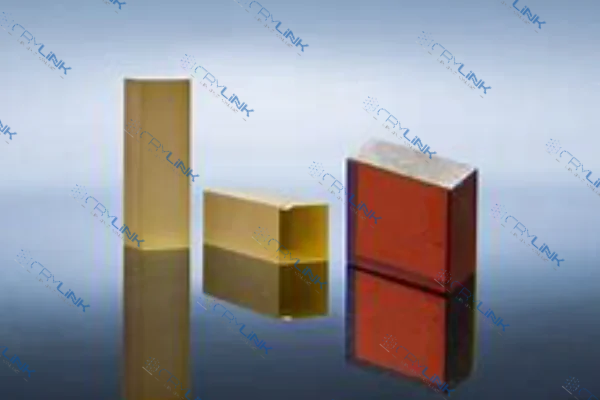
Origin and Development
The evolution of infrared laser technologies marked the birth of two incredibly significant materials, Fe:ZnSe and Cr:ZnSe. Their emergence was more than a mere addition to the repository of laser materials; it signified a transformative era in laser technology.
Tracing back to the early days of laser research, the emphasis was on enhancing the precision, clarity, and depth of laser emissions. While numerous materials were being explored, none seemed to hit the precise sweet spot required for high-performing infrared lasers. This void was felt across various sectors, from medical to industrial, and there was a growing urgency for materials that could provide a balance between efficiency and versatility.
Enter Fe:ZnSe and Cr:ZnS. Their introduction was nothing short of a revolution. These materials weren’t just superior in their spectral properties; they also offered unprecedented adaptability. Their inherent characteristics made them almost tailor-made for infrared applications, allowing researchers and professionals to achieve results that were previously thought unreachable.
As remarkable as their initial versions were, the passage of time and relentless pursuit of excellence ensured that these materials did not remain static. Over the past few years, they’ve seen profound advancements. These aren’t just rudimentary improvements but transformative ones, pushing the boundaries of what was once considered the zenith of efficiency and scalability.
For instance, researchers have managed to tweak and refine the properties of these materials to ensure they align better with the modern requirements of laser applications. These enhancements have made them even more robust and reliable, further solidifying their position as the gold standard in the world of infrared laser technologies.
The world we live in is ever-evolving, and the demands of technology grow alongside it. In this dynamic landscape, Fe:ZnSe and Cr:ZnSe have not only kept pace but often set the tempo, marking their indelible impact on the journey of infrared laser evolution.
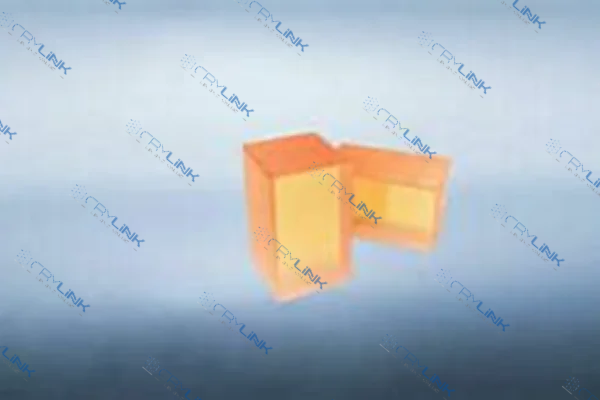
Emission Spectra Analysis
The world of infrared laser technology has seen many materials come and go, but few have made as lasting an impact as Fe:ZnSe and Cr:ZnSe. At the heart of their significance lies their unique emission spectra, tailored to cater to diverse requirements across sectors.
Delving deeper into Fe:ZnSe’s emission capabilities, one can’t help but be astounded by its extensive mid-IR emission range. The vastness of this spectrum is akin to having a vast palette of colors when most materials offer just a handful. What’s even more impressive is how this spectrum translates into practical applications. In the realm of environmental monitoring, for example, the ability to detect minute changes across a broad range can be the difference between identifying a potential hazard in its infancy versus when it’s too late. Similarly, in medical diagnostics, accuracy is paramount. With the broad spectrum that Fe:ZnSe provides, medical professionals can make more informed decisions, enhancing the quality of patient care.
Switching gears to Cr:ZnSe, its emission profile paints a different, yet equally fascinating, picture. By leaning towards longer wavelengths, Cr:ZnSe has carved a niche for itself in applications that require a deep dive, quite literally. Consider the complex world of tissue imaging: the ability to penetrate deeper layers of tissues without compromising clarity is invaluable. This is where Cr:ZnSe shines the brightest. Its longer wavelengths cut through layers, providing researchers with a comprehensive view that other materials might miss. It’s akin to having X-ray vision in a world where seeing beneath the surface can lead to groundbreaking discoveries.
In conclusion, both Fe:ZnSe and Cr:ZnSe, through their distinct emission spectra, cater to specific needs in the infrared laser landscape. While Fe:ZnSe’s broad spectrum offers a panoramic view, Cr:ZnSe focus on depth provides a detailed, in-depth examination. Together, they represent the zenith of emission spectra capabilities, setting new benchmarks in laser technology.
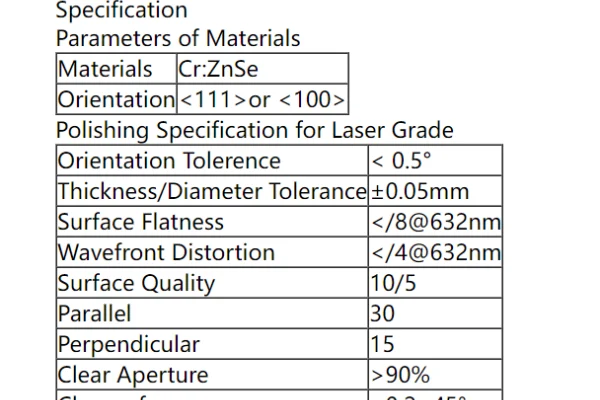
Energy Levels and Their Impact
In the domain of laser materials, energy levels play a pivotal role in determining the efficiency, functionality, and adaptability of the material in various applications. It’s like the DNA of the material, defining its core characteristics and behavior when subjected to external stimuli.
Diving into the energy landscape of Fe:ZnSe, one is immediately drawn to its distinct energy levels. This isn’t just a mere classification but a testament to its versatility. The ability of Fe:ZnSe to absorb and emit infrared radiation efficiently can be attributed to these specific energy states. Imagine a sprinter on a racetrack, able to accelerate and decelerate swiftly. Similarly, Fe:ZnSe can transition between its energy states at remarkable speeds, which directly correlates to its rapid response time. Whether it’s in the realm of real-time monitoring systems or high-frequency laser applications, this attribute of Fe:ZnSe ensures it remains a step ahead, offering quicker, more reliable results.
On the other end of the spectrum, Cr:ZnSe presents an intriguing energy structure. While on the surface, it might bear resemblances to other materials, its energy hierarchy is uniquely its own. This structure is akin to a well-orchestrated symphony, where each note, each pause has a purpose.
The way Cr:ZnSe interacts with incoming radiation is profoundly influenced by this hierarchy. It doesn’t just absorb and emit; it does so with a precision that’s tailor-made for specific applications. These nuanced energy interactions mean that Cr:ZnS is not just another material in the laser realm but one that’s perfectly equipped for specialized tasks where generic solutions might falter.
To encapsulate, the energy levels of both Fe:ZnSe and Cr:ZnSe aren’t just academic concepts but the very foundation on which their prowess in the world of laser technology is built. Through their unique energy structures, they not only fulfill the requirements of today but also promise innovations for tomorrow’s challenges.

Roles in Laser Systems
The realm of laser technology is vast, encompassing diverse applications across multiple sectors. At the core of this dynamic landscape are materials like Fe:ZnSe and Cr:ZnSe, each playing their part to usher in new advancements and elevate existing capabilities.
Fe:ZnSe has emerged as a game-changer in mid-IR lasers. This is not by mere coincidence but is deeply rooted in its intrinsic properties. Picture a highly skilled artisan, adept at crafting intricate designs with finesse. In the laser world, Fe:ZnSe plays a similar role, weaving its magic through its broad emission spectrum.
This spectrum, combined with its rapid energy transition capabilities, makes it a formidable player. Its efficiency is not just about power but precision. In complex laboratory setups, where every microsecond and every nanometer counts, Fe:ZnSe ensures that laser operations are not just effective but exceptional. Moving beyond the confines of labs, even in industrial landscapes, where scale and speed are of the essence, Fe:ZnSe stands tall, offering reliability and robustness in every pulse.
On the other side, we have Cr:ZnSe, a material that has carved a niche for itself through its specialization. It’s like a deep-sea diver, equipped to delve into depths others can’t reach. This depth is manifested through its longer wavelength emission spectra. Such a profile isn’t just for show; it has profound implications in applications where surface-level insights just won’t do.
In the world of medical imaging, where understanding the minutiae can mean the difference between life and death, Cr:ZnSe offers a lens that pierces through, providing unparalleled depth. Similarly, in geophysical explorations, where understanding the earth’s layers is crucial, Cr:ZnSe emerges as the material of choice, offering clarity that’s both deep and detailed.
In the grand tapestry of laser systems, both Fe:ZnSe and Cr:ZnSe are invaluable threads, each unique, yet together, they weave a narrative of innovation, efficiency, and precision, shaping the future of laser applications.
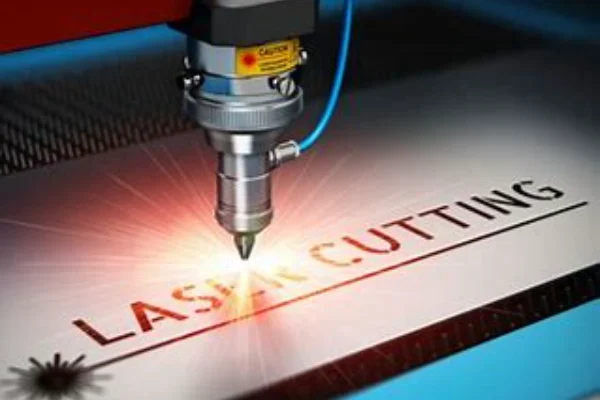
Comparative Advantages and Limitations
In the dynamic world of laser technology, Fe:ZnSe and Cr:ZnSe are often hailed as exemplary materials, each offering a unique set of advantages tailored to specific needs. Like two master chefs, each with their signature dishes, these materials excel in areas that match their intrinsic properties.
The Fe:ZnSe is like the Swiss Army knife of the laser realm. Its versatility makes it adaptable to a multitude of applications, from the most common to the most complex. This adaptability is not just about fitting in but excelling in diverse environments, ensuring that whether it’s a high-end research facility or a standard industrial application, its performance is top-notch. Further enhancing its stature is its broad emission spectrum.
In layman’s terms, this is like having a wide-angle lens that captures more detail and nuance. Such a spectrum guarantees higher accuracy, making sure that every pulse, every emission is on point. Now, couple this with its ability for rapid energy transitions, and you have a material that doesn’t just respond but does so at lightning speeds, ensuring that time-sensitive applications always stay ahead of the curve.
In contrast, Cr:ZnSe plays a slightly different yet equally crucial role. Its ability for deep penetration makes it the go-to material for applications where surface insights are just not enough. Think of it as a deep-sea explorer, venturing where others can’t, uncovering mysteries that lie beneath. This depth is not just about going deep but doing so with clarity and precision, ensuring that applications, be it in medical imaging or geological explorations, get the best possible insights.
Adding to its prowess is its specialized emission spectrum. While Fe:ZnSe is the jack-of-all-trades, Cr:ZnSe is the master of some, focusing on niche tasks and doing them exceptionally well. Finally, its stable energy states are the backbone of its consistent performance, ensuring that irrespective of the external conditions or challenges, its output remains steadfast and reliable.
In essence, both Fe:ZnSe and Cr:ZnSe, with their respective advantages, shine brightly in the laser universe, offering solutions that push the boundaries of what’s possible.
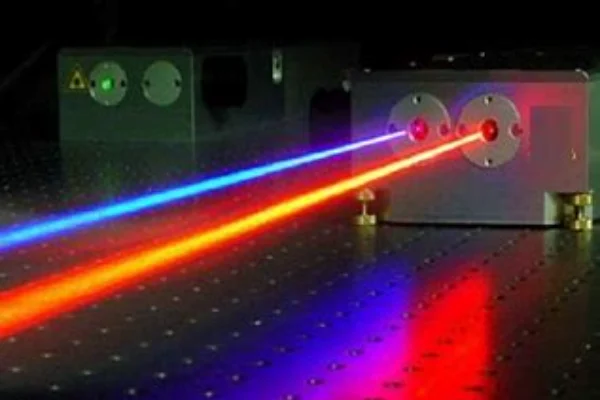
Future Predictions and Technological Implications
As laser technology evolves, we anticipate both Fe:ZnSe and Cr:ZnSe to undergo further refinements. Their intrinsic properties, coupled with relentless research, pave the way for groundbreaking applications, from medical breakthroughs to technological marvels.
Conclusion
In the grand scheme of laser systems, both Fe:ZnSe and Cr:ZnSe play pivotal roles. While each has its strengths and limitations, their combined contribution to the field is immeasurable. As we continue to push the boundaries of what’s possible, these materials stand as testaments to human ingenuity and the relentless pursuit of progress.
FAQs
- What are the primary applications of Fe:ZnSe?
- Fe:ZnSe is prominently used in mid-IR lasers, environmental monitoring, and medical diagnostics due to its broad emission spectrum.
- How does Cr:ZnSe differ from Fe:ZnSe in emission spectra?
- Cr:ZnSe favors longer wavelengths, making it ideal for applications like tissue imaging that require deep penetration.
- Are there any drawbacks to using Fe:ZnSe in laser systems?
- Like all materials, Fe:ZnSe has its limitations, including susceptibility to certain environmental conditions. However, its benefits often outweigh these concerns in most applications.
- Why is Cr:ZnSe preferred for deep penetration tasks?
- Due to its emission spectrum that leans towards longer wavelengths, Cr:ZnSe can achieve deeper penetration, making it a top choice for such applications.
- Will these materials continue to be relevant in the future of laser technology?
- Absolutely. As technology progresses, the intrinsic properties of Fe:ZnSe and Cr:ZnSe will find even more applications, solidifying their relevance in the field.

Frank
Frank graduated from the University of Shanghai for Science and Technology, majoring in optics. As a technical engineer at Crylink Company, he deeply understands crystal materials and laser components.
Related Video(s) with this Article
Related Product(s) with this Article
Related Application(s) with this Article
